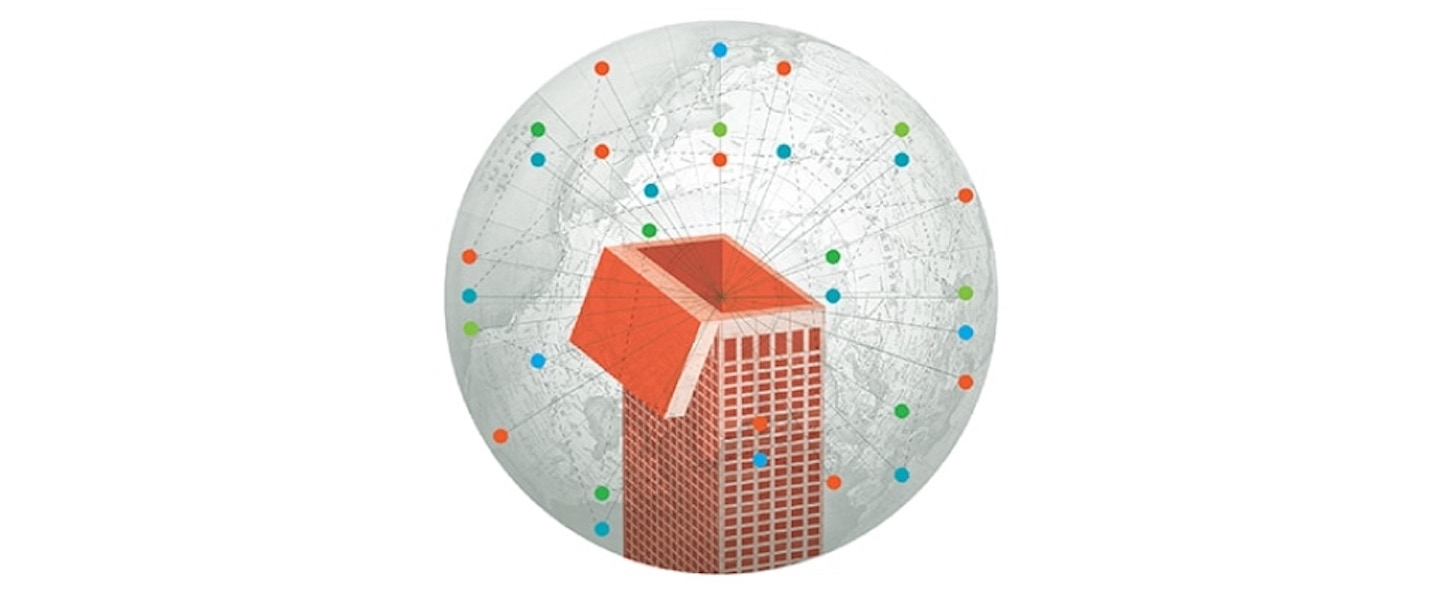We have a new essay published on Deloitte Insights, Reconstructing the workplace: The digital-ready organisation.1Evans-Greenwood, P, Solly, S, & Robertson, R 2021, ‘Reconstructing the workplace: The digital-ready organisation’, Deloitte Insights, <https://www2.deloitte.com/us/en/insights/focus/technology-and-the-future-of-work/working-digitally.html>. The essay follows on from The digital-ready workplace from last month. (We do seem to be publishing at a surprising rate at the moment.)
The big idea here is that if we want to move forward, taking advantage of digital technology in the workplace, then we actually need to think about ‘workplace’ differently. We use the analogy of electrification of factories. The initial attraction of electrification was a 20% saving in fuel (coal) costs. This was dwarfed by a the much larger benefit of a 20-30% improvement in productivity (using the same workers, machines, and facilities) from rearranging the workplace to optimise for workflow rather than the distribution of mechanical power. It’s important to remind ourselves what while this seems obvious in hindsight, at the time ‘workflow’ wasn’t a thing, and it took around 30 years of tinkering with electricity in the factory to realise that we should be optimising floor plans for the flow of work, rather than the flow of mechanical power.
The point we build on in this essay is that when we think of workplace, we assume that we mean that physical place where the work is done. As we noted in The digital-ready workplace (in collaboration with Griffith Business School), the shift we saw in 2020 was a shift to working from home, but a shift to working digitally. The place that work now lives is the digital interactions and platforms that a team uses to work. Consequently, the best predictor of a worker’s success in this transition is being a member of a small to mid-sized team. As we concluded then:
“This implies that, if team membership rather than an individual’s knowledge and skill is what most strongly determines success in a digital work environment, then our focus should be on preparing and empowering teams, not just individuals.”
It would be more productive to think of the ‘workplace’ as being this digital space that the (potentially distributed) team constructs around itself, rather than as the place where the workers are.
The question then is, what does this mean for physical place?
It’s fairly clear that physical places remain important, particularly as in-person interaction is a powerful tool for creating the psychological safety that teams need to function smoothly. This need to build healthy teams means that the shift to working digitally is likely not to result in a wholesale offshoring of work via telemigration. However, rather than being forced to warehouse workers and their materials to make work easier, moving work to the digital world means that we can use place more thoughtfully.
A more thoughtful approach to place could bring a number of benefits with it. In the essay we outline a few possibilities:
- improved work/life balance by eliminating commutes;
- a more equitable workplace by removing the need to move cities or adopt a punishing travel schedule for some (often high-status) jobs;
- the opportunity to the ‘best’ person for a position from a broader and more diverse set of candidates;
- sustainability benefits such as fewer emissions from travel, and smaller realestate footprints with lower construction and operational footprints; and
- productivity benefits from enabling higher-performance teams.
The most interesting possible benefit is to combine this idea of reconstructing the workplace (around something other than place) and that of reconstructing the work (due to AI) which we wrote about most recently in The new division of labour2Evans-Greenwood, P, Hillard, R, & Marshall, A 2019, ‘The new division of labor: On our evolving relationship with technology’, Deloitte Insights, <https://www2.deloitte.com/insights/us/en/focus/technology-and-the-future-of-work/the-new-division-of-labor.html>.. Making work digital means that we’ve brought it into the world of AI, and integrating work with AI (as we pointed out in the Reconstructing work series) enables new and more productive ways of working. That’s an idea, though, that will be explored in a follow-on later in the year.
You can find Reconstructing the workplace at Deloitte Insights.

[…] with Alex Bennett at NTT. This builds on our previous work on the transition to working digitally, Reconstructing the workplace,2Evans-Greenwood, Peter, Sue Solly, and Robbie Robertson. “Reconstructing the Workplace: The […]